Discover digital O&P resources
Explore our informative blog posts, resource articles, and updates on digitalization in orthotics and prosthetics.
Thank you! Your submission has been received!
Oops! Something went wrong while submitting the form.
Discover our resources
Explore our collection of informative and helpful resources.
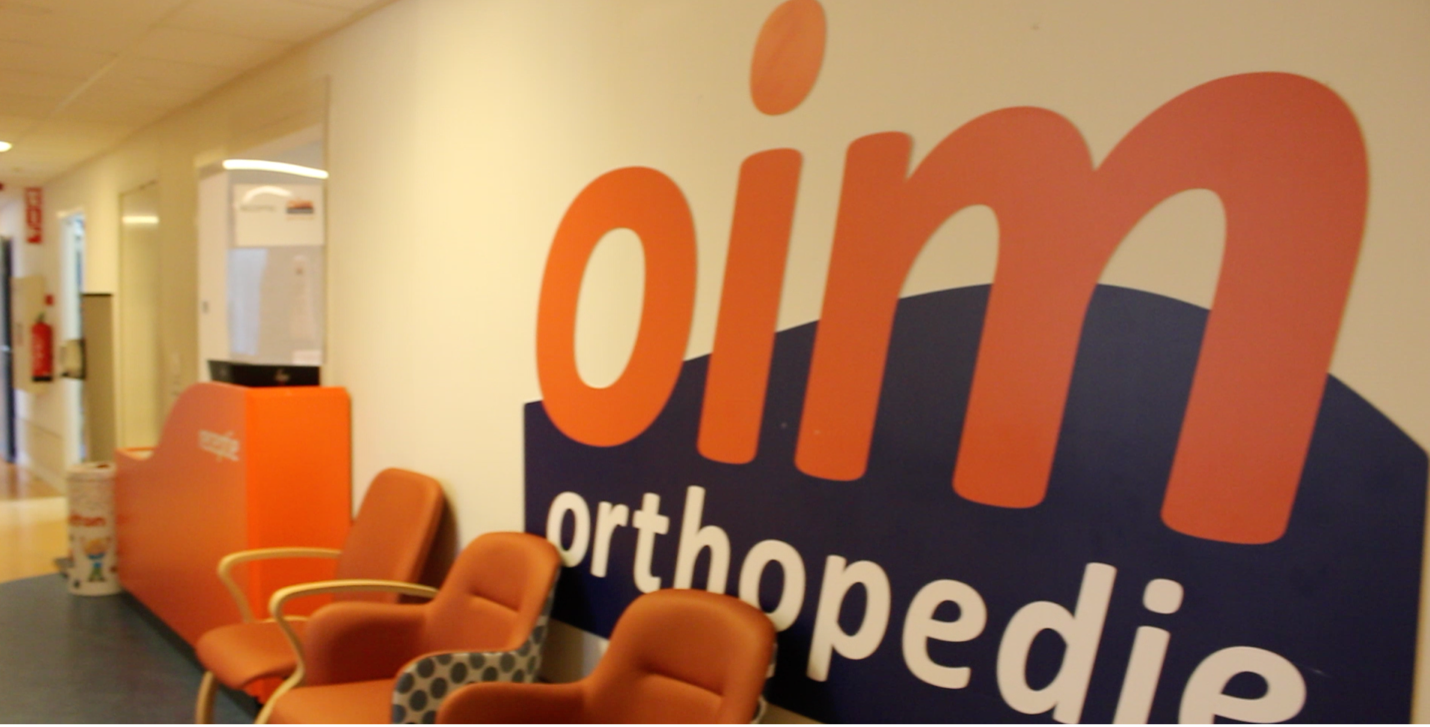
Blog
Customer success stories
How OIM Orthopedie Digitized Orthoses Manufacturing with Spentys
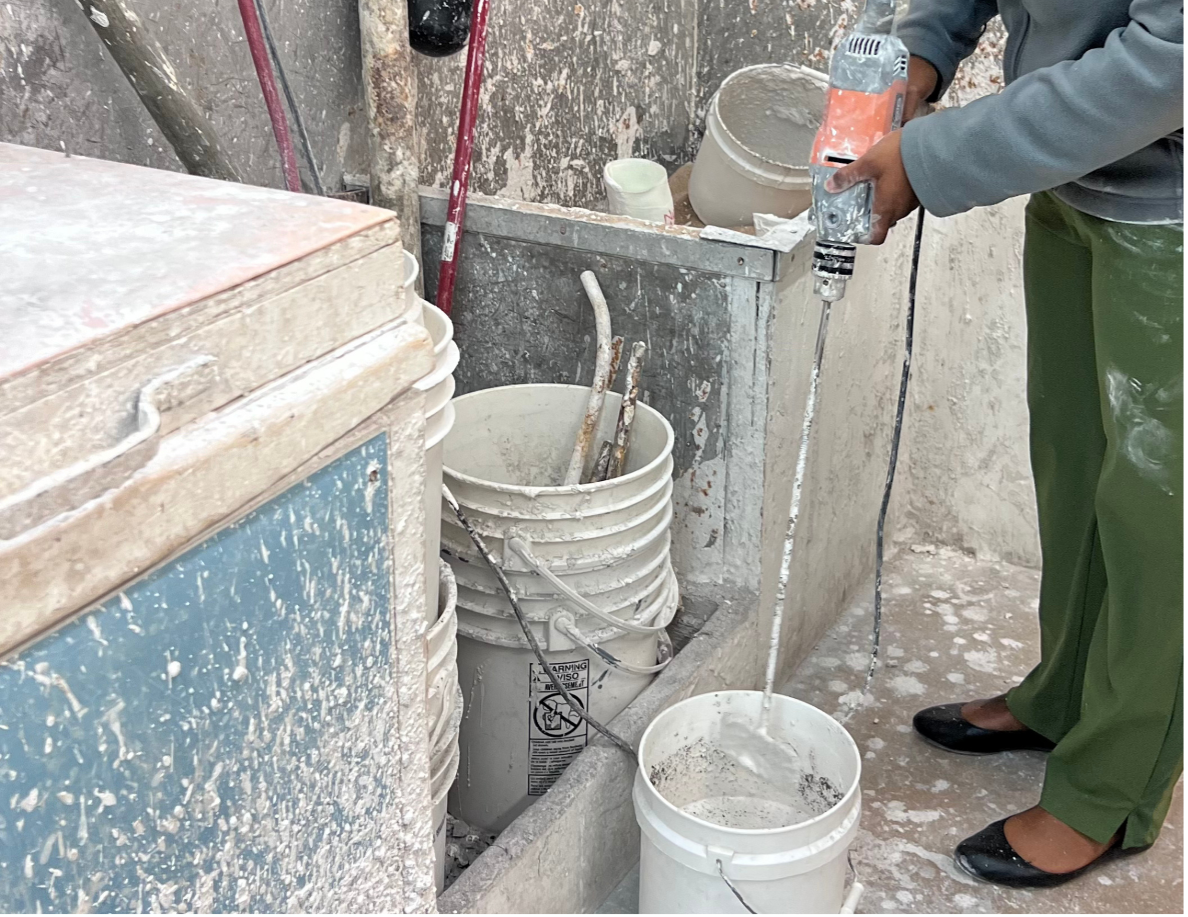
Blog
Customer success stories
The Proven Benefits of footForma in Orthotics

White paper
The Spentys Pediatric Articulated AFO

Patient success stories
Using 3d technology to get Alexander back to kitesurfing

White paper
The Spentys Supra Malleolar Orthosis SMO

White paper
The Spentys Pediatric Static AFO

Customer success stories
Case study: Spentys and CombScan

White paper
Introduction to 3D technology in O&P

White paper
Digitalization in O&P: Navigating the Future

Customer success stories
Case study: Spentys and Zayed Higher Organisation

Customer success stories
Case study: Spentys and Tel Aviv Sourasky Medical Center

Customer success stories
Case study: Spentys and Sint-Maartenskliniek

Customer success stories
Case study: Spentys and Bionic

White paper
Case study: Spentys and HP

Patient success stories
Boosting patient satisfaction with pediatric AFOs

Customer success stories
3D printing at the point-of-care | Kantonsspital Baselland

White paper
3D Scanning for Orthopedic Technicians

White paper
3D Printing for Orthopedic Technicians

White paper
3D Modeling for Orthopedic Technicians

Blog
Traditional vs. 3D printed AFOs: what do patients say?
Are patients satisfied with the 3D printed AFOs? How do they compared them to traditional orthoses? We took a look at what studies say!

Blog
The manufacturing process of ankle-foot orthosis: traditional vs. 3D printed
We put the traditional clinical practice of making AFOs side by side with the 3D digital workflow. We compared the time, flow, materials, and tools used in both processes, as well as what each of them mean for your practice.

Blog
Regulatory issues and challenges for 3D-printed medical devices
3D printing, a type of additive manufacturing, has been on the rise in the medical world. The process of creating a three-dimensional item by constructing successive layers of raw material has already proven its purpose in orthopedic surgery and related fields in the last 10 years.

Blog
The difficulties of implementing 3D technologies in medical institutions
Similar to other technologies that have dramatically influenced the medicine world, such as X-Ray Imaging or the Medical Thermometer, 3D printing has the potential to significantly improve upon the current medical standards. Although this technology has started being used around 20 years ago in procedures such as anatomical modeling for bony reconstructive surgery planning or joint replacement and craniomaxillofacial reconstruction, today’s hospitals are still somewhat reluctant in adopting this innovative technology.

Blog
3D customised immobilisation devices and their benefits in the rehabilitation process
After a surgical intervention or severe sports injury, a patient should initiate the rehabilitation process as early as practicable. Because the use of orthoses is inevitable in most cases, Spentys wants to highlight the importance of such orthopedic medical devices and more particularly the 3D printed ones. The following article will be focused on underlining the benefits of 3D printed orthopedic devices, with an emphasis on sports injuries.

Blog
Kantonsspital Baselland and Spentys partner up for a clinical study
Together with the 3D-print lab at the University Hospital Basel (Lead: Dr. Florian Thieringer), Dr. Philipp Honigmann introduced 3D-inhouse printing at the Kantonsspital Baselland. Inside, various 3D printed medical devices are manufactured to assist the medical staff in their daily tasks. Among these devices, we will highlight the use of 3D printed orthotics for the upper extremity.

Blog
Is it the right time to invest in 3D technologies for your orthopaedic practice?
Is it the right timing to invest in a 3D printer? We help you find out the answer.
.png)
Blog
Is 3D Technology the Future? Or Today's Reality?
In this webinar, Bryan and Sagar explore how adopting digital technology in orthotics and prosthetics(O&P) is the future and will ultimately lead to more efficient and cost-effective processes.
.jpeg)
Blog
Increasing compliance with 3D-printed AFOs for relapsed club foot
Nambi was starting to outgrow her Cunningham brace (a type of AFO) and she was facing a relapse. So Nambi’s mom spoke with medical professionals about a non-invasive way to further improve her mobility following Nambi’s fourth tenotomy. All while allowing her to maintain her active lifestyle. The solution? 3D-printed AFOs.

Blog
How do I choose the right 3D scanner for my O&P practice?
Everything you need to know about finding the right 3D scanner for your orthopaedic practice.

Blog
Finding the best 3D Printer for Orthotics and Prosthetics
Here is a quick introduction to everything you need to know about 3D printing.

Blog
Clinical application and customization of a 3D-printed static ankle-foot orthosis
This application note goes beyond the basics, offering an in-depth exploration of advanced techniques and nuanced customization strategies. By delving into the intricacies of this AFO variant, orthotists can refine their skills and expand their understanding, ultimately leading to more tailored and effective treatments. This application note is a valuable resource, equipping experts with the insights needed to elevate their practice further and provide top-notch patient care.

Blog
Feasibility study shows Point-of-Care 3D-printed orthotics are efficient
Last year, we did a study in collaboration with Tel Aviv Medical Center focused on 3D-printed casts for non-displaced wrist and hand fractures. The study showed that point-of-care 3D printing for orthotics is not only feasible but is also efficient. It also confirmed that this approach brings great benefits for medical staff and their patients.

Blog
A hybrid approach to the adoption of 3D technology in prosthetics and orthotics
The use of 3D printing and the hybrid approach is expected to have a significant impact on the future of prosthetics and orthotics. Read more about it in this blog article.
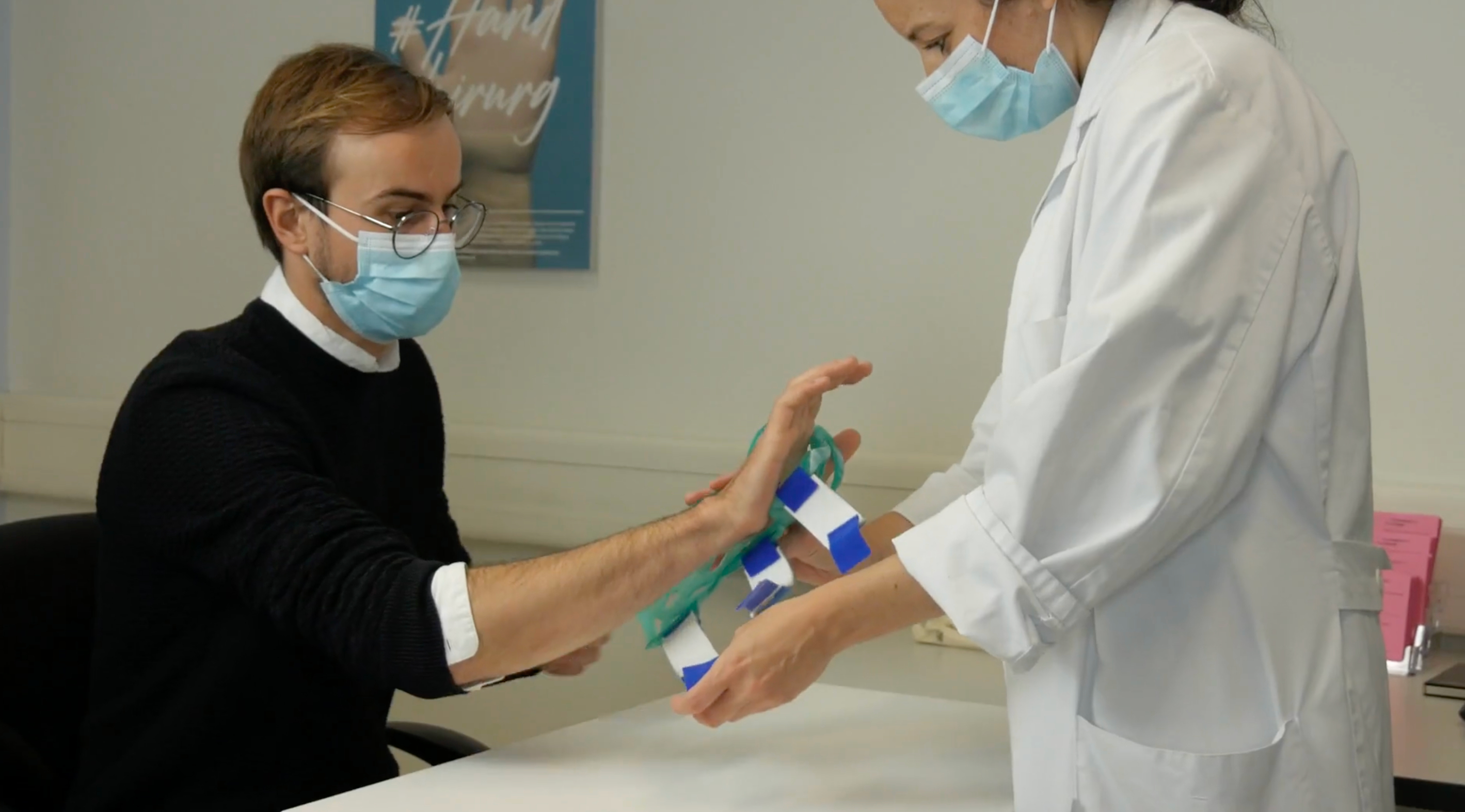
Blog
3D technology building the future of orthopedics at Kantonsspital Baselland
Research is fundamental to the development of orthopaedics and Spentys' work. Here is an overview of three studies we have supported so far.

Blog
3D modelling orthotics; biggest bottleneck or opportunity?
Here is a quick introduction to everything you need to know about 3D modelling.





.jpg)

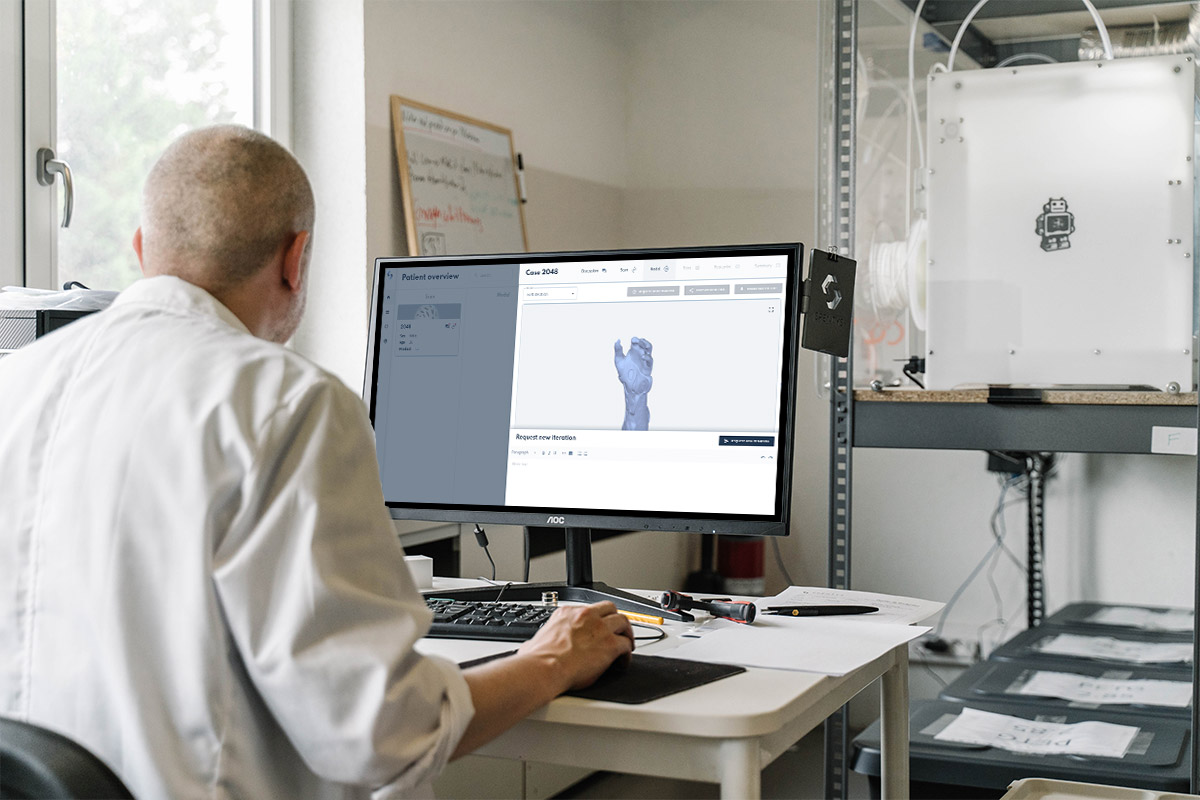
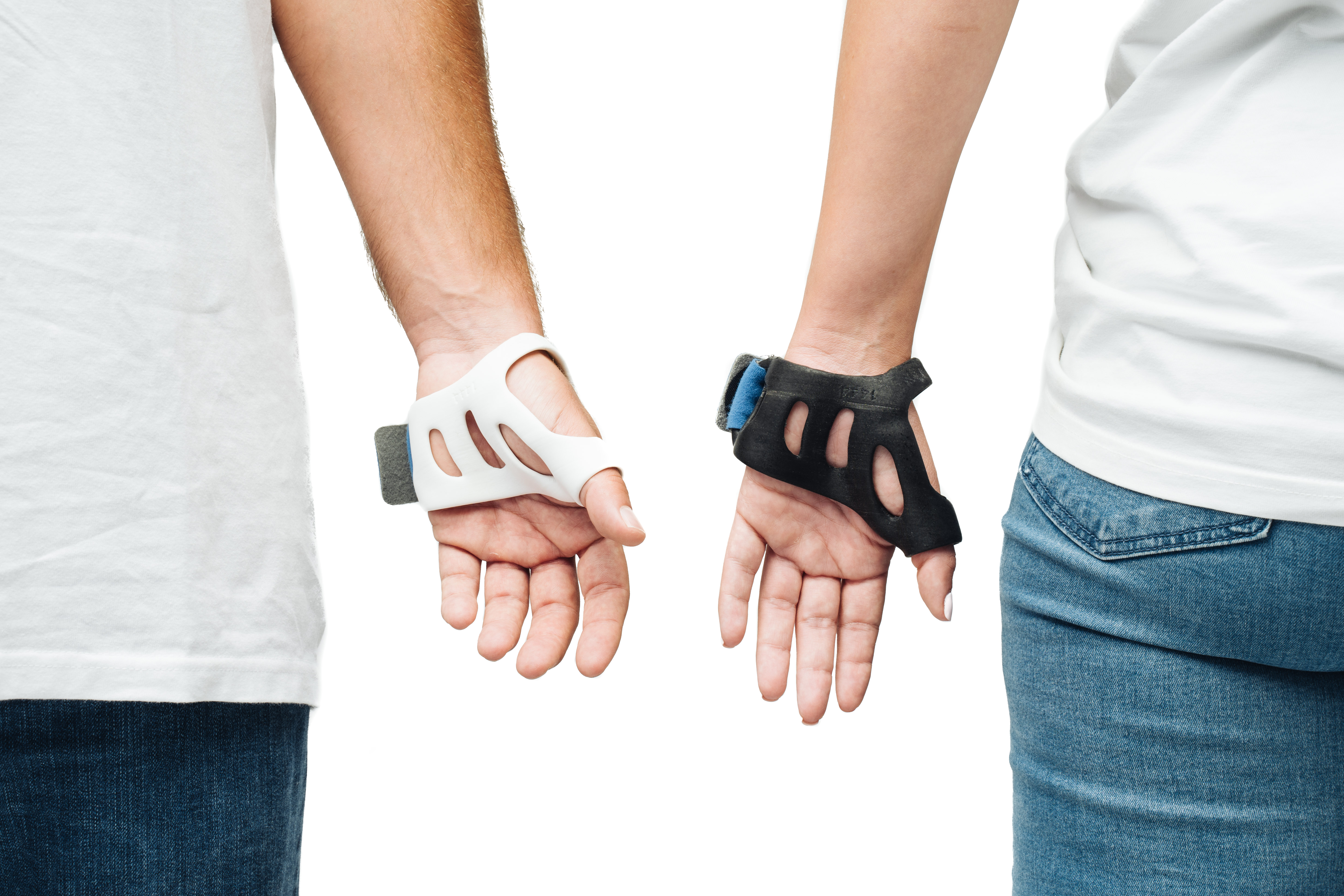
.jpg)
.jpg)
_11zon.jpg)























.png)

.png)








